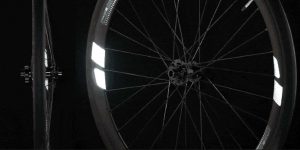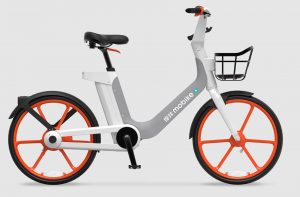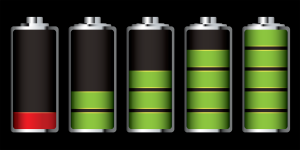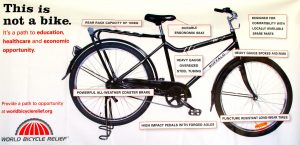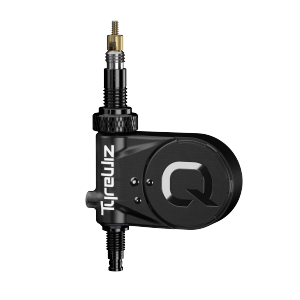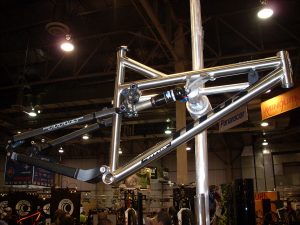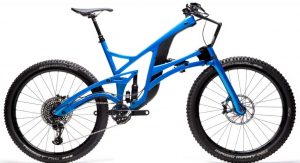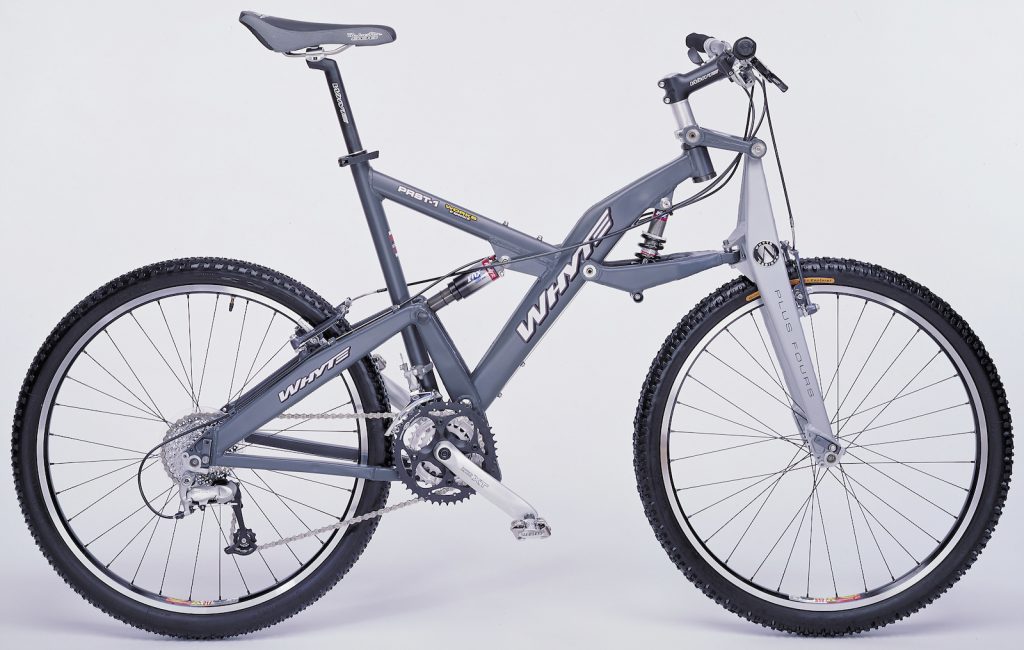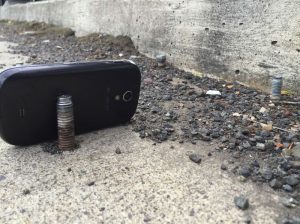A new reflector product, which sticks to your rims, is proving very popular on Kickstarter. The FLECTR 360 OMNI is a self-adhesive retroreflective sticker which is wrapped around the rim. With 15 days to go, they’ve already raised over 10x their original funding goal. The primary benefit claimed for this product is that it gives 360-degree visibility for increased safety. It is certainly very useful giving visibility from a wide range of angles although I would question the claim that it gives 360-degree visibility as it is clearly much less visible from the front and back than it is from the side. Users should be encouraged to use this in conjunction with front and rear reflectors, rather than being convinced that this is all they need.
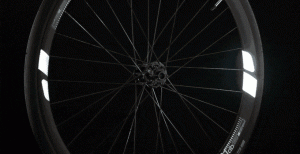
Having said this, the FLECTR 360 Omni is a very nice product. Research shows that patterns of reflectors that show your shape and movement are much more effective than a single point of light. For this reason wearing high visibility clothing with bands of reflectors around the elbows and knees is a much better way to make drivers aware of your presence than using lights. Extending this idea to outline the shape of your wheels makes sense and is likely to make drivers more quickly and intuitively aware that a bicycle is there.
It is also claimed that the use of microprismatic technology makes these reflectors superior to glass bead retroreflectors. There is some debate about this point. Glass bead tehnology is still widely used in road signs and many other safety critical application. It should not be discounted as obsolete.
A further advantage claimed for the reflectors is that they do not cause any aerodynamic drag. This is a good point and a nice feature of placing reflective tape on your bike.
This is a nice product and worth getting if you want a neat ready made wheel reflector. It should not be used to replace front and rear reflectors cut insstead used to complement them. We would suggest applying reflective tape such as 3M Scotchlite widely over your bike.
